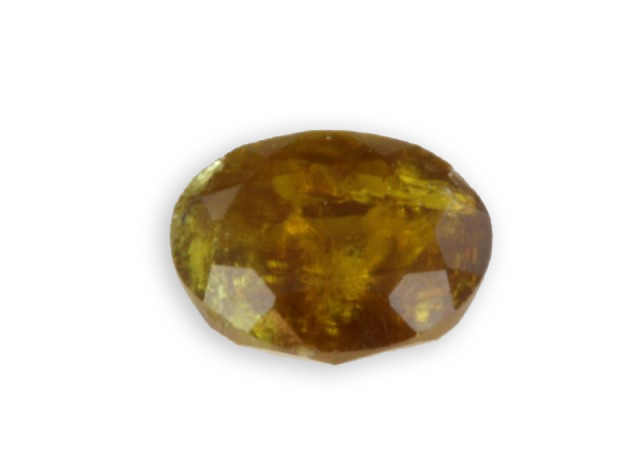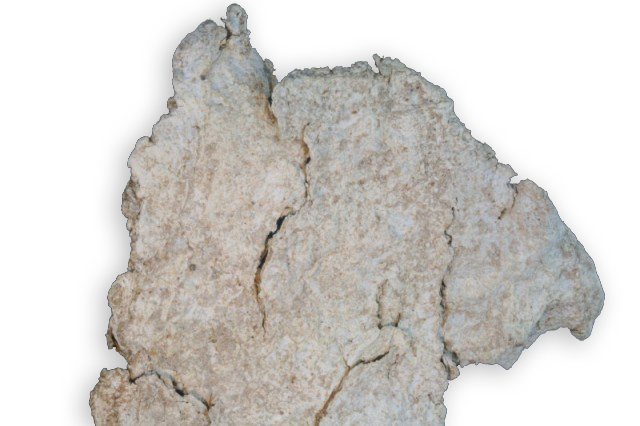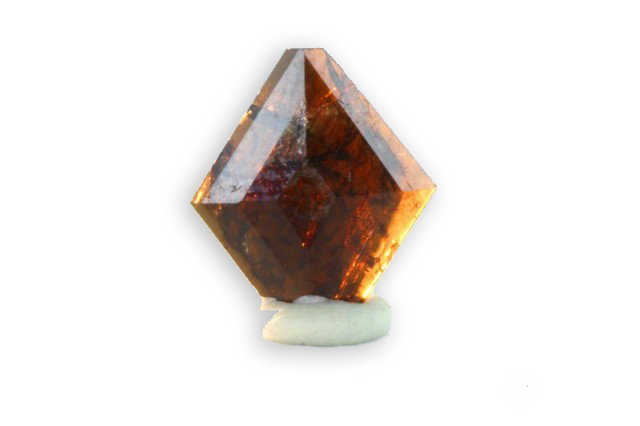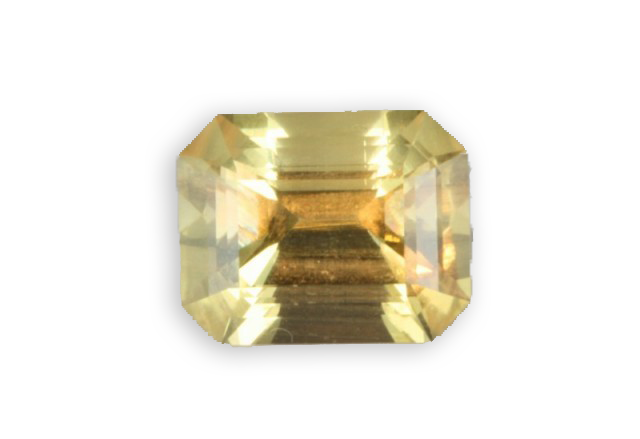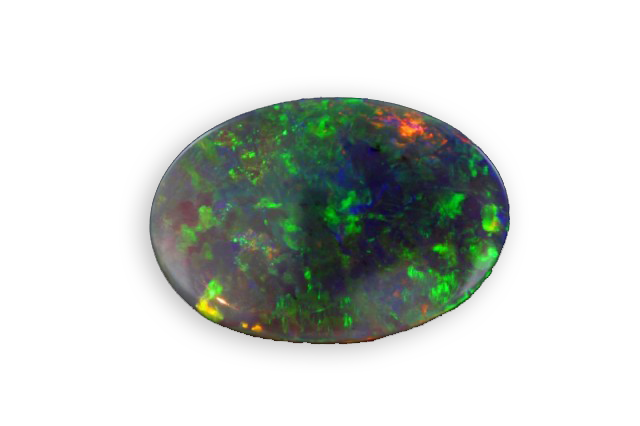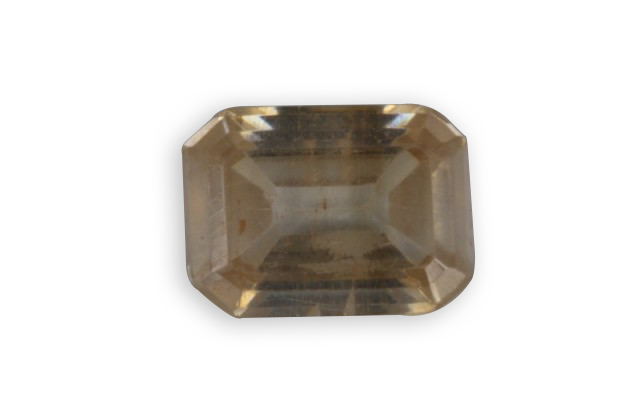
phosgenite
Discovered in England, its name comes from the Greek “phos” meaning “light” and “genan” – “which leads “, in connection with its lights characteristic, was given by Haidinger. Karsten, who had described it in the early nineteenth century had named it hornblei.

